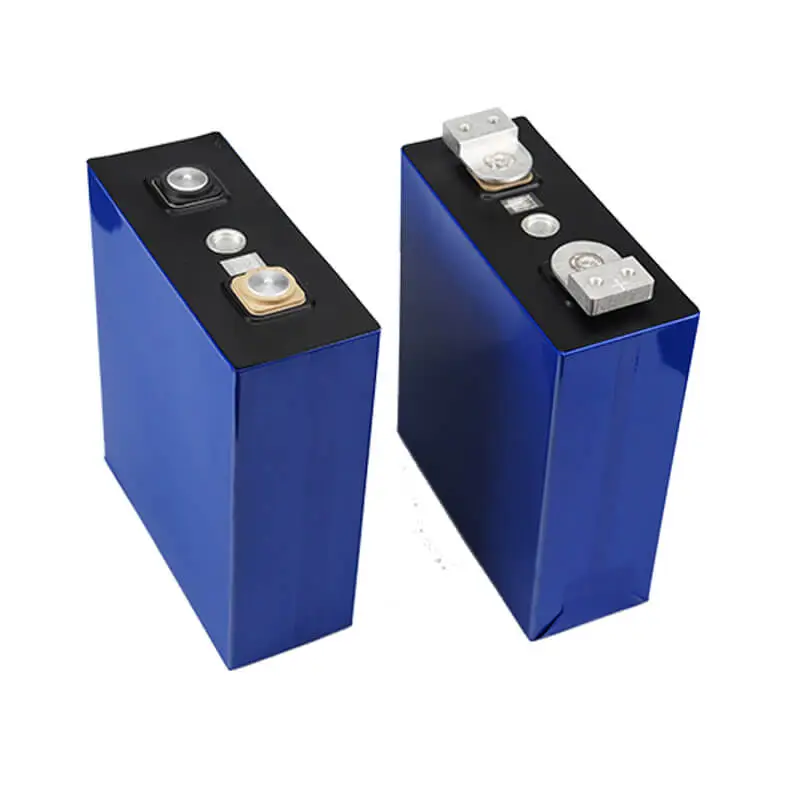Lithium-ion batteries have revolutionized the way we use portable electronics and electric vehicles. These rechargeable batteries have become an integral part of our daily lives, enabling us to power our smartphones, laptops, and even electric cars. Among the different types of lithium-ion batteries available, NCM (nickel-cobalt-manganese) lithium-ion batteries have emerged as a leading and state-of-the-art solution. In this blog post, we will delve into the science behind NCM lithium-ion battery advancements and explore the benefits they offer.
NCM lithium-ion batteries are characterized by their high energy density, long cycle life, and excellent performance. They consist of a cathode made up of a combination of nickel, cobalt, and manganese, which enhances the battery's overall performance. The specific combination and ratio of these elements determine the properties and characteristics of NCM lithium-ion batteries.
The incorporation of nickel in NCM lithium-ion batteries increases their energy density. Higher nickel content allows for more lithium ions to be stored in the cathode, resulting in greater energy capacity. Cobalt, on the other hand, plays a crucial role in maintaining battery stability and preventing capacity degradation. Manganese helps to balance the chemical composition, ensuring optimal performance and safety.
The high energy density of NCM lithium-ion batteries is particularly advantageous in electric vehicles (EVs). A higher density translates into a greater energy storage capacity, facilitating longer travel ranges between charges. Furthermore, NCM electric mobility lithium ion battery have a longer cycle life, meaning they can endure a higher number of charge-discharge cycles before experiencing degradation. This results in increased durability and overall cost savings over the battery's lifetime.

The scientific advancements in NCM lithium-ion battery technology have opened doors to exciting possibilities and further advancements. Extensive research is focused on increasing the energy density and improving the safety of these batteries. Scientists are exploring new cathode materials and formulations to enhance the performance and efficiency of NCM lithium-ion batteries.
One such development is the incorporation of silicon into the anode material. Silicon anodes have the potential to significantly increase energy density and overall battery performance. However, silicon anodes face challenges related to capacity retention and expansion. Researchers are working on overcoming these obstacles by employing advanced nanomaterials and electrode architecture designs.
Another area of NCM lithium-ion battery advancements lies in the development of solid-state electrolytes. Solid-state electrolytes promise higher energy densities, improved safety, and longer cycle life. By replacing the traditional liquid electrolytes with solid-state counterparts, NCM batteries can mitigate safety concerns associated with leakage, overheating, or fire hazards.
Additionally, efforts are underway to improve the sustainability aspect of NCM lithium-ion battery. Recycling and responsible disposal of these batteries have become the subjects of research and technological innovation. Developing efficient methods for battery recycling can recover valuable materials and reduce environmental impacts.
In conclusion, NCM lithium-ion batteries have revolutionized the energy storage landscape and continue to advance through scientific research and developments. Their high energy density, excellent performance, and long cycle life make them a prominent choice for portable electronics and electric vehicles. With ongoing advancements and future prospects in areas such as silicon anodes, solid-state electrolytes, and sustainable practices, NCM lithium-ion batteries are poised to become even more efficient and environmentally friendly.